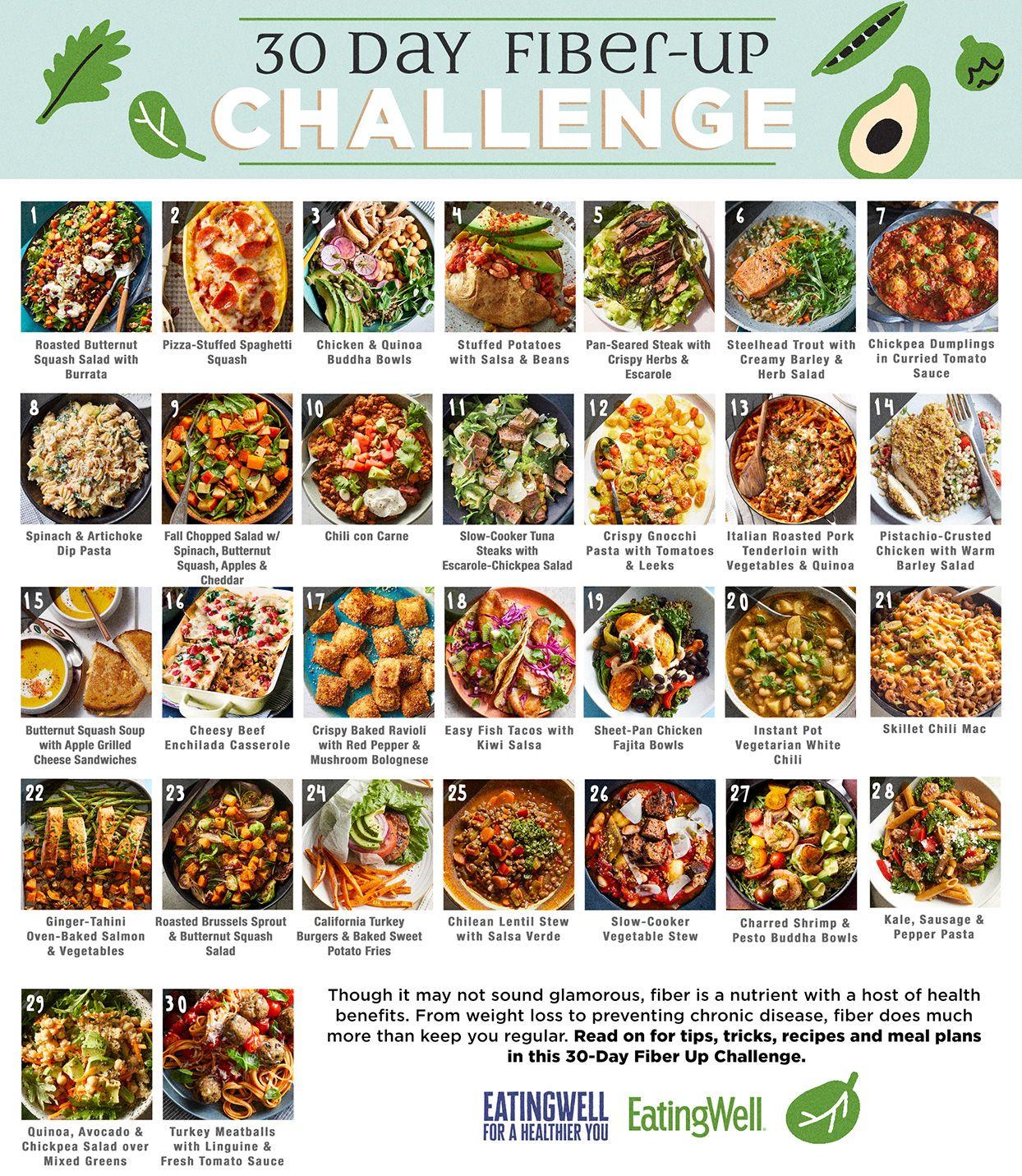In the ever-evolving landscape of nutritional science, the quest for effective and sustainable weight loss methods remains a prominent focus for researchers and health enthusiasts alike. Among the myriad of dietary strategies, high fiber diets have garnered significant attention for their potential role in promoting weight management and slimming. This article delves into the analytical underpinnings of high fiber diets, examining the mechanisms by which they may facilitate weight loss and contribute to overall health improvement. By exploring the physiological and metabolic impacts of dietary fiber, we aim to elucidate its place within the pantheon of effective slimming methods. With a confident lens on current scientific evidence, this analysis seeks to provide a comprehensive understanding of how high fiber diets can be strategically employed in the pursuit of healthier body composition and enhanced well-being.
Understanding the Science Behind High Fiber Diets and Weight Loss
High fiber diets have gained recognition as a cornerstone in the journey toward effective weight loss. The science behind this lies in fiber’s unique ability to regulate the body’s digestive processes, promoting a sense of fullness and reducing overall calorie intake. Fiber-rich foods such as fruits, vegetables, whole grains, and legumes, when incorporated into daily meals, have been shown to lower the body’s absorption rate of calories. This is due to fiber’s ability to bind with water and form a gel-like substance in the stomach, which slows digestion and prolongs the feeling of satiety. This mechanism not only curtails unnecessary snacking but also aids in maintaining a steady blood sugar level, crucial for avoiding sudden hunger pangs.
Moreover, fiber plays a pivotal role in enhancing metabolic health, which is essential for long-term weight management. By facilitating a healthy gut microbiota, fiber supports the production of short-chain fatty acids, which have been linked to improved fat oxidation and energy expenditure. Key benefits of a high fiber diet include:
- Improved digestion: Helps in regular bowel movements and prevents constipation.
- Reduced calorie absorption: Slows down the digestion of other nutrients, helping to control weight.
- Increased satiety: Promotes fullness, reducing overall food intake.
- Enhanced metabolic rate: Supports a healthy gut environment, boosting metabolic functions.
Embracing a high fiber diet not only supports effective slimming methods but also contributes to overall health and wellness, making it an indispensable part of a balanced lifestyle.
Analyzing the Impact of Fiber on Metabolism and Appetite Control
Incorporating high-fiber foods into one’s diet can significantly influence metabolic processes and help regulate appetite, offering a promising approach to weight management. Dietary fiber, found in fruits, vegetables, whole grains, and legumes, plays a crucial role in slowing down digestion, which can lead to a more gradual release of glucose into the bloodstream. This process not only helps maintain steady energy levels but also prevents the sudden spikes and crashes associated with high-sugar foods. By doing so, fiber effectively supports the body’s ability to metabolize nutrients efficiently, which is essential for maintaining a healthy weight.
- Enhanced satiety: Fiber-rich foods increase the feeling of fullness, reducing the likelihood of overeating.
- Improved gut health: Fiber acts as a prebiotic, fostering a healthy gut microbiome that can influence metabolism.
- Reduced calorie intake: Foods high in fiber are often lower in calories, making them ideal for slimming diets.
Moreover, fiber’s ability to absorb water and expand in the stomach adds to its appetite-suppressing qualities, making it an invaluable component of effective slimming methods. This natural bulking action prompts the body to feel satiated with fewer calories, allowing individuals to stick to their dietary goals without feeling deprived. Thus, understanding and leveraging the metabolic benefits of fiber can be a game-changer in achieving long-term weight loss success.

Strategic Incorporation of Fiber-Rich Foods for Optimal Slimming Results
Incorporating fiber-rich foods into your diet is a strategic move for anyone aiming for effective slimming results. Fiber not only enhances satiety, reducing overall calorie intake, but also plays a crucial role in regulating blood sugar levels and improving digestive health. By choosing foods high in fiber, such as whole grains, fruits, and vegetables, you naturally reduce the intake of high-calorie, low-nutrient foods that often derail weight loss efforts.
- Enhanced Satiety: Foods rich in fiber make you feel full longer, which can prevent overeating and snacking between meals.
- Improved Digestion: A fiber-rich diet supports a healthy gut, promoting regular bowel movements and reducing bloating.
- Blood Sugar Regulation: Fiber helps slow down the absorption of sugar, leading to more stable energy levels and fewer cravings.
To harness the full potential of a high-fiber diet, it’s essential to gradually increase fiber intake and stay hydrated, as this aids in the fiber’s digestive process. By making these mindful dietary adjustments, you can optimize your slimming journey effectively and sustainably.

Evidence-Based Recommendations for a High Fiber Diet Plan
Incorporating a high fiber diet into your slimming regimen can be a game-changer, as supported by numerous studies. Dietary fiber plays a crucial role in promoting satiety, which can help reduce overall calorie intake without compromising on nutritional value. This natural appetite suppressant is primarily found in plant-based foods, making it essential to focus on a variety of fruits, vegetables, whole grains, and legumes. As these foods move through the digestive tract, they slow down the absorption of nutrients, which not only helps in maintaining stable blood sugar levels but also contributes to a feeling of fullness that can deter unnecessary snacking.
Research consistently underscores the benefits of a high fiber diet in weight management. Key recommendations for a successful high fiber diet plan include:
- Start slow: Gradually increase fiber intake to avoid digestive discomfort.
- Stay hydrated: Ensure adequate water consumption to facilitate fiber’s beneficial effects.
- Diversify sources: Incorporate both soluble and insoluble fibers to support overall digestive health.
- Monitor portion sizes: While fiber-rich foods are beneficial, mindful portion control remains important.
By adhering to these evidence-based guidelines, you can leverage the power of fiber to enhance your weight loss journey effectively.
